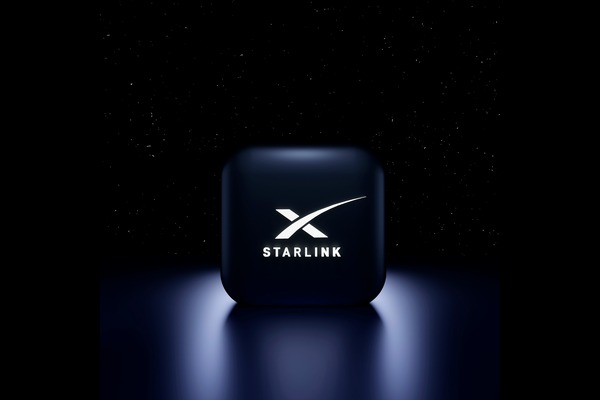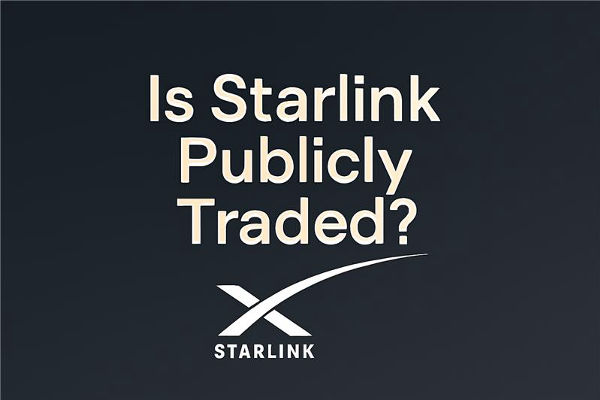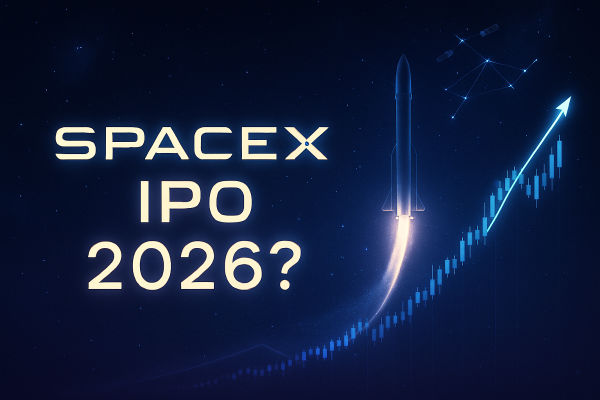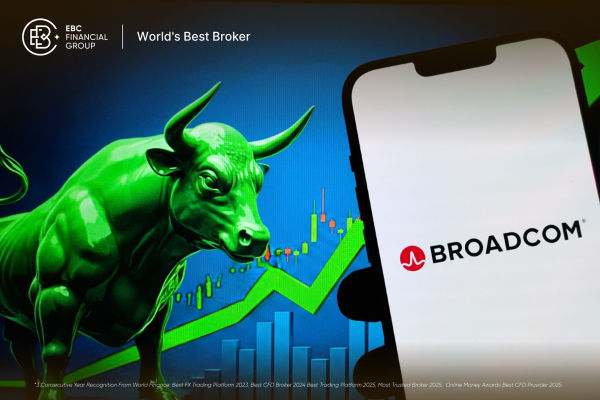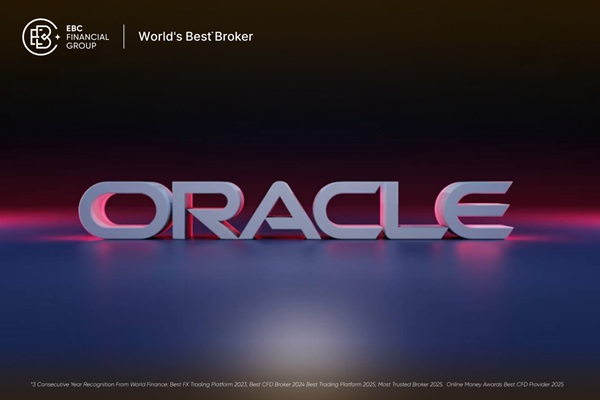starlink, a subsidiary of SpaceX, is revolutionising global internet connectivity through its expansive satellite constellation. As interest in a potential Starlink Initial Public Offering (ipo) grows, understanding the company's operations, financial health, and investment avenues is crucial. There is widespread speculation about the IPO date, and it is important for potential investors to stay informed about any announcements.
What are Starlink and Satellite Internet?

Starlink is a satellite internet constellation developed by SpaceX, the aerospace company founded by Elon Musk. Starlink business is a subsidiary of SpaceX focused on providing internet access through a network of low Earth orbit satellites. Its mission is to provide high-speed internet access across the globe, particularly in underserved and remote regions. Unlike traditional satellite internet services that rely on geostationary satellites positioned at high altitudes, Starlink utilises a network of low Earth orbit (LEO) satellites. This configuration reduces latency and enhances connection reliability, offering a more consistent user experience. As of September 2024, Starlink's constellation comprises over 7,000 small satellites, servicing more than 4 million subscribers worldwide.
Starlink's Financials and Profitability
Starlink has experienced rapid financial growth in recent years. Starlink revenues have significantly impacted SpaceX's overall revenue, with the company reporting approximately $6.6 billion in 2024, marking a significant increase from previous years. This surge is attributed to a doubling of its customer base and an expansion into new markets. Analysts project that Starlink's financials could see revenues reach $11.8 billion in 2025, driven by robust consumer demand and burgeoning military contracts. This financial trajectory has positioned Starlink as SpaceX's most lucrative venture, surpassing its traditional rocket launch services.
Is Starlink a Privately Held Company?
Currently, Starlink is not a publicly traded company and is a private company under SpaceX. As a wholly-owned subsidiary of the privately held SpaceX, Starlink's financial details are not publicly disclosed. However, Elon Musk has hinted at a potential IPO once the company's revenue becomes more predictable. In 2021, Musk stated that Starlink would consider going public when its cash flow could be reasonably forecasted.
Investing in Starlink Stock

While direct investment in Starlink is not possible at this time, there are indirect avenues for investors. Currently, you cannot buy Starlink stock directly as it is part of SpaceX, but there is significant anticipation surrounding a future initial public offering (IPO) due to Starlink's increasing revenues.
SpaceX Private Placements: Accredited investors may acquire SpaceX shares through private funding rounds, gaining indirect exposure to Starlink's performance. Although direct starlink shares are not available for public trading, investors can access them indirectly through investment in SpaceX or other companies that invest in Starlink, such as Alphabet or Tesla.
Venture Funds: Certain venture capital funds with holdings in SpaceX offer investors a pathway to benefit from Starlink's growth. For instance, Alphabet (Google's parent company) invested $900 million in SpaceX in 2015, although this represents a minor fraction of Alphabet's vast market capitalisation.
Future IPO Participation: Elon Musk has expressed a desire to prioritise long-term Tesla shareholders in any future Starlink IPO, suggesting potential preferential treatment for this investor group.
Pre-IPO companies like SpaceX and Starlink offer investment opportunities through dedicated marketplaces for accredited investors.
How to Invest in Starlink Before the IPO
Investing in Starlink before its IPO is an exclusive opportunity that requires careful navigation and a deep understanding of the process. As a privately held company, Starlink's shares are not available on the public stock market, limiting investment opportunities to accredited investors. These are individuals or entities that meet specific financial criteria set by the Securities and Exchange Commission (SEC), such as having a net worth exceeding $1 million or an annual income of over $200,000.
One primary avenue for investing in Starlink before its IPO is through private placements. This involves purchasing shares directly from the company or from existing shareholders. However, this option is typically reserved for accredited investors and often requires a substantial financial commitment.
Another strategy is to invest in publicly traded companies that have a stake in Starlink. For instance, Tesla, a major investor in SpaceX, offers an indirect way to gain exposure to Starlink's growth potential. By purchasing Tesla shares, investors can benefit from the potential upside of Starlink while diversifying their investment portfolio.
It's crucial to recognize that investing in private companies like Starlink carries inherent risks, including the potential for significant losses and limited liquidity. Prospective investors should thoroughly evaluate their financial goals, risk tolerance, and investment horizon before committing to such investments.
Starlink's IPO Process
The IPO process involves several stages, including due diligence by underwriters, regulatory approvals, and market preparations. Given the absence of a confirmed timeline for Starlink's IPO, investors are advised to monitor official communications from SpaceX and Starlink for updates. Staying informed through reputable financial news sources can provide timely insights into any developments.
Comparison with Other Satellite Internet Providers
Starlink leads the satellite internet sector, with its extensive satellite network and rapid deployment capabilities. Competitors such as Iridium Communications and Globalstar also offer satellite-based internet services, though their coverage and technological approaches differ. Additionally, traditional telecommunications giants like verizon and AT&T are exploring satellite technologies to enhance their service offerings. Notably, the European Union has launched the Infrastructure for Resilience, Interconnectivity, and Security by Satellite (IRIS²) programme, a €6 billion initiative aimed at reducing reliance on private satellite networks like Starlink and bolstering Europe's digital sovereignty.
Benefits of Investing in Starlink
Investing in Starlink presents several potential advantages:
Market Potential: With a vast addressable market, including remote and underserved regions, Starlink is poised for substantial growth.
Technological Edge: The utilisation of LEO satellites grants Starlink a competitive advantage in delivering low-latency, high-speed internet services.
Financial Trajectory: The company's escalating revenues and path to profitability underscore its robust financial health.
Before investing, it is crucial to set aside an emergency fund and avoid using money that you might need in the near future for investments.
Risks and Considerations for Investing in Starlink
Investing in Starlink, whether pre-IPO or post-IPO, involves several risks and considerations that potential investors should carefully evaluate. One of the primary concerns is the company's financial transparency. While Starlink has demonstrated impressive revenue growth, its financials are not publicly disclosed, making it challenging to assess the company's profitability and cash flow accurately.
The competitive landscape of the space sector also presents significant risks. Starlink operates in a highly competitive market with established players and new entrants continually vying for market share. The company's ability to maintain its competitive edge and expand its customer base is critical to its long-term success.
Regulatory challenges are another important consideration. Starlink's operations are subject to various regulations, including those governing satellite launches, spectrum allocation, and data privacy. Changes in regulatory policies or compliance issues could impact the company's business operations and growth prospects.
Additionally, investors should consider the potential risks associated with Elon Musk's leadership. While Musk's visionary approach has been a driving force behind Starlink's success, his leadership style can be unpredictable. This unpredictability may influence the company's strategic decisions and overall performance.
Given these factors, investors should conduct thorough due diligence and consider their financial goals and risk tolerance before investing in Starlink or any other company in the satellite internet industry.
Elon Musk's Role in Starlink
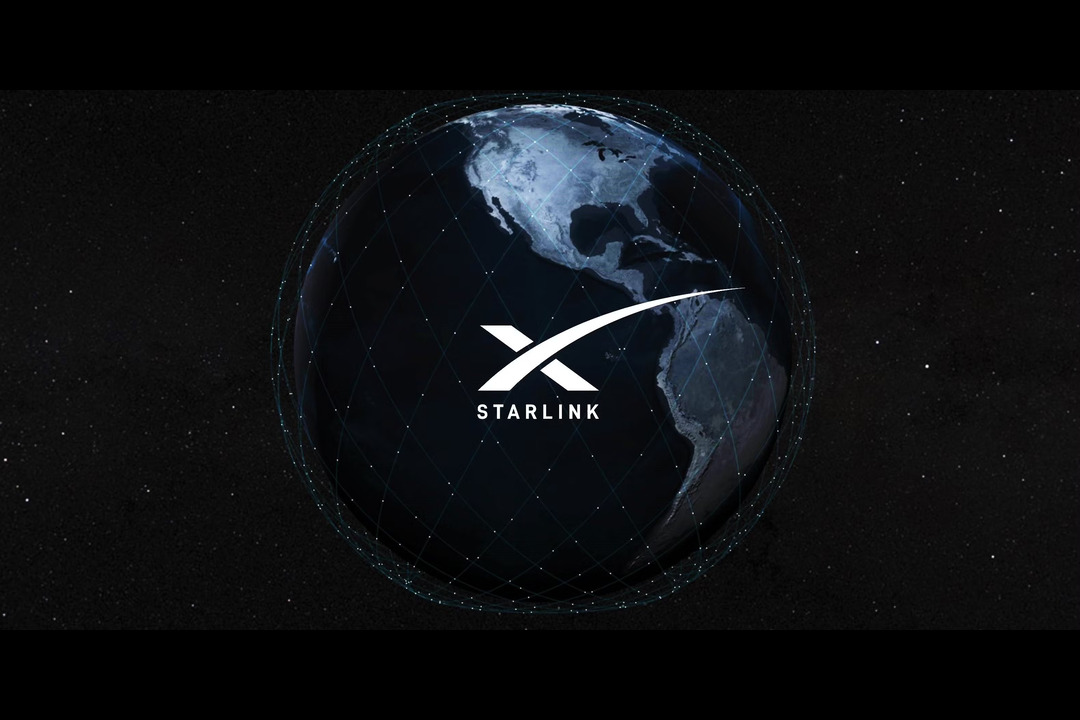
Elon Musk's role in Starlink is pivotal, with his leadership and vision being key drivers of the company's success. As the CEO of SpaceX, Musk has been instrumental in developing Starlink's cutting-edge technology and shaping its business strategy. His entrepreneurial spirit and innovative mindset have enabled Starlink to disrupt the traditional satellite internet industry and establish itself as a leader in the space sector.
Musk's ability to think outside the box and push the boundaries of what is possible has been crucial in driving Starlink's growth. His ambitious goals and relentless pursuit of innovation have positioned Starlink at the forefront of the satellite internet market, offering high-speed, low-latency internet services to underserved and remote regions worldwide.
However, Musk's leadership style can be a double-edged sword. While his visionary approach has brought significant advancements, it also comes with a degree of unpredictability. His decision-making process and management style can sometimes lead to abrupt changes in strategy, which may impact the company's performance and stability.
Investors should weigh the benefits of Musk's innovative leadership against the potential risks associated with his unpredictability. Understanding Musk's influence on Starlink's operations and future prospects is essential for making informed investment decisions.
Starlink's Impact on the Space Industry
Starlink has had a profound impact on the space industry, revolutionizing the satellite internet landscape with its innovative approach. By deploying a constellation of low Earth orbit (LEO) satellites, Starlink has been able to offer high-speed internet services to remote and underserved areas, connecting millions of people around the globe.
The success of Starlink has spurred significant innovation and investment within the space sector. The company's advancements in satellite technology and deployment have set new standards, prompting both new entrants and established players to invest in satellite internet solutions. This ripple effect has been felt across various segments of the industry, including satellite manufacturing, launch services, and ground equipment.
Starlink's growth has also created new opportunities for businesses and individuals, enabling them to access reliable high-speed internet and participate more fully in the digital economy. The company's impact extends beyond just providing internet access; it has also driven economic growth and development in previously underserved regions.
Looking ahead, Starlink is expected to continue playing a leading role in shaping the future of the satellite internet industry. Its ongoing innovations and market expansion efforts will likely influence the broader space sector, driving further advancements and opening up new possibilities for connectivity and communication.
By understanding Starlink's transformative impact on the space industry, investors can better appreciate the company's potential and the broader implications of its growth and success.
Disclaimer: This material is for general information purposes only and is not intended as (and should not be considered to be) financial, investment or other advice on which reliance should be placed. No opinion given in the material constitutes a recommendation by EBC or the author that any particular investment, security, transaction or investment strategy is suitable for any specific person.
